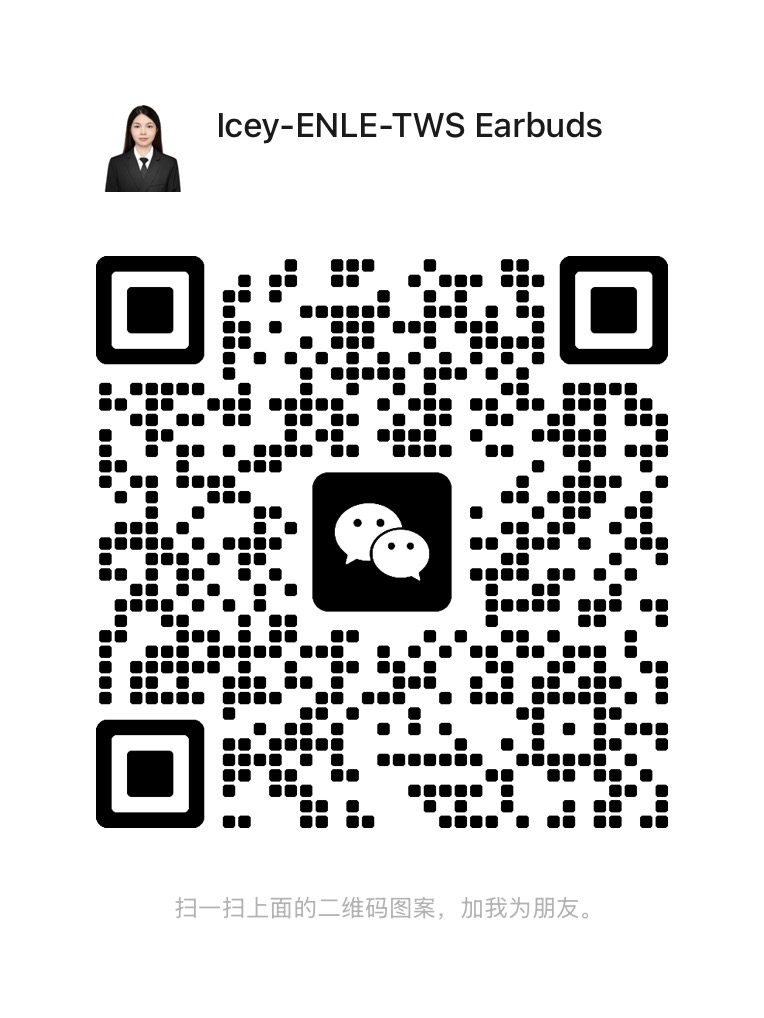connectionless mode for bluetooth low energy tws earbuds bluetooth
connectionless mode for bluetooth low energy tws earbuds bluetooth
Designing and implementing a connectionless model is one of the biggest changes from Bluetooth Classic to Bluetooth Low Energy. In a connectionless model, devices do not need to remain connected for the rapid exchange of valid information. Since the primary protocol does not establish a connection-oriented channel between devices, there is no longer the cost of connection loss or reconnection when data needs to be sent. This encourages devices to establish connections only when they need to send data, rather than maintaining expensive data connections so that data can be sent at any time. Indeed, this connection mode brings some interesting design changes to standard wireless protocols. On connection-oriented channels, state information needs to go through the protocol and take a while to establish. Therefore, when state information is required, it is usually outside the unavailable phase and can only be used by implicitly creating a state between the two devices and remembering it. This state information takes a long time to establish, causing the initial connection to be delayed due to discovery and negotiation of state information. Protocols based on implicit state usually include negotiation and configuration procedures, function bits and version numbers, etc. A stateful system may be more efficient to handle if the connection persists for a long time and will generate a lot of state information. www.bjbjaudio.com
<a style="opacity:0.0;color:#ffffff">tws earbuds bluetooth</a> <a style="opacity:0.0;color:#ffffff">tws earbuds bluetooth</a> <a style="opacity:0.0;color:#ffffff">tws earbuds bluetooth</a>
Unfortunately, many protocols are not fully defined, and each bit state of them is implicitly defined rather than explicitly defined. This leads to interoperability issues, where each device thinks the connection has a different state and thus makes different assumptions about what will happen next or what should happen next, which is one of the biggest problems with connection-oriented systems. This problem can be solved by clearly defining the state and defining how the state machine works. Bluetooth's Logical Link Control and Adaptation Protocol (L2CAP) layer is a good example: Classic Bluetooth defines a simple state machine and configuration system for establishing a connection, clearly defines all connection states, and provides an machine is fully described. However, this exemplary design took more than a decade to perfect to its current state. www.bjbjaudio.com <a style="opacity:0.0;color:#ffffff">tws earbuds bluetooth</a> <a style="opacity:0.0;color:#ffffff">tws earbuds bluetooth</a>
The connectionless mode defines the state of the device, not the state of the connection, thus solving the above problems. Expose state through a stateless protocol (such as protocol properties), allowing disconnection at any time, and obtaining the current state directly from the peer device when reconnecting. Alternatively, a state machine can be defined explicitly, exposing its states and control points so that the service advances the operation of the state machine. Also, when some information has changed, the device is already registered and ready to receive current state change information. The connection can also be re-established. www.bjbjaudio.com <a style="opacity:0.0;color:#ffffff">tws earbuds bluetooth</a> <a style="opacity:0.0;color:#ffffff">tws earbuds bluetooth</a>
